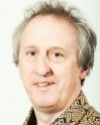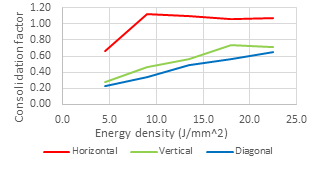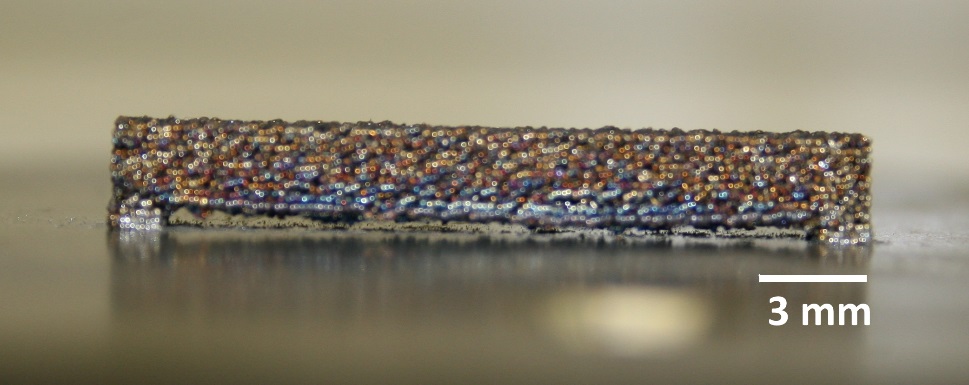Multiple Beam Powder Bed Fusion Additive Manufacturing – Mr Andrew Payne
Introduction
Additive manufacturing (AM) is a relatively new production technique compared to the traditional formative and subtractive processes such as casting and milling. Using AM techniques to create metal parts can provide a more efficient use of raw materials, complex external and internal geometry and a cost effective method of producing custom specification parts.
Additive manufacturing systems build up a physical part from a 3D computer model of the part, typically in a layer by layer process. Metal parts can be made using a variety of AM techniques however powder bed fusion systems offer the greatest resolution and geometrical complexity of part design.
Powder bed fusion is an additive manufacturing process in which thermal energy is used to selectively fuse regions of a powder bed. Typically the energy is supplied as a point source from a laser or e-beam which is scanned across the surface of the powder. Once a layer has been selectively fused the powder bed is lowered, another layer of powder is deposited and the process repeats. When the build is finished the part can be removed from the powder bed and brushed clean of any un-fused powder.
Aims
The aim of this research is to develop a multiple beam variant of a powder bed fusion additive manufacturing system. It is proposed that the use of multiple beam technology can lead to a reduction of thermal stress due to de-localization of thermal energy and an increased build rate as the system is scaled upwards.
The form of the alternative technology used in this research is that of multiple high power laser diodes fibre coupled to a beam delivery optic that is raster scanned across the build chamber by a printer style gantry system. Gantry based systems can be slower at positioning than the commonly used galvo-scanning mirrors, however multiple beams working within the same area are difficult with galvo-scanning mirrors as the f-theta lenses used to produce a flat focal plane are geometrically optimised for a single source. The multiple beam approach of this research will offer a scalable speed improvement to this more compact and cost effective technology.
Results
Several scanning strategies have been formulated for the optimum movement of a multiple beam optical head over a powder bed. These scanning strategies have been tested by building single layer ribbons in free powder with a range of exposure times and powers from stainless steel 316L. For a well-balanced parameter set these single layer ribbons show very little planar distortion (0.5 mm bow over 40mm). Intra-layer consolidation and density has been found to be dependent upon scanning strategy with horizontally based strategies yielding the greatest consolidation.
Multiple layer objects have been successfully built also with little part distortion but so far with large layer thicknesses. The energy required for each layer scales with layer thickness and thus the potential for residual stress caused by thermal gradients. Currently work is focussed upon decreasing the layer thickness to be able to improve the inter-layer consolidation, reduce porosity and to minimise residual stress.
Advantages:
- Low cost laser diode technology
- Scalable power delivery system
- Scalable build envelope
- Multiple beams distribute thermal stress and allow for potentially higher build rates than single beam systems
This PhD research is being undertaken at the Institute for Manufacturing, University of Cambridge in collaboration with IPG Photonics, under the supervision of Prof Bill O’Neill.
Outputs
Posters
Payne, A., Sparkes, M. and O’Neill, W. (2016). Multiple beam, powder bed fusion, additive manufacturing, Poster presentation to the EPSRC Centre for Innovative Manufacturing in Ultra Precision Steering Meeting Committee, 24 February 2016, Cranfield University, UK.
Digital Media
Payne, A. (2015). Multiple beam poder bed fusion additive manufacturing, PhD project video produced for an informal Centre competition in 2015.




